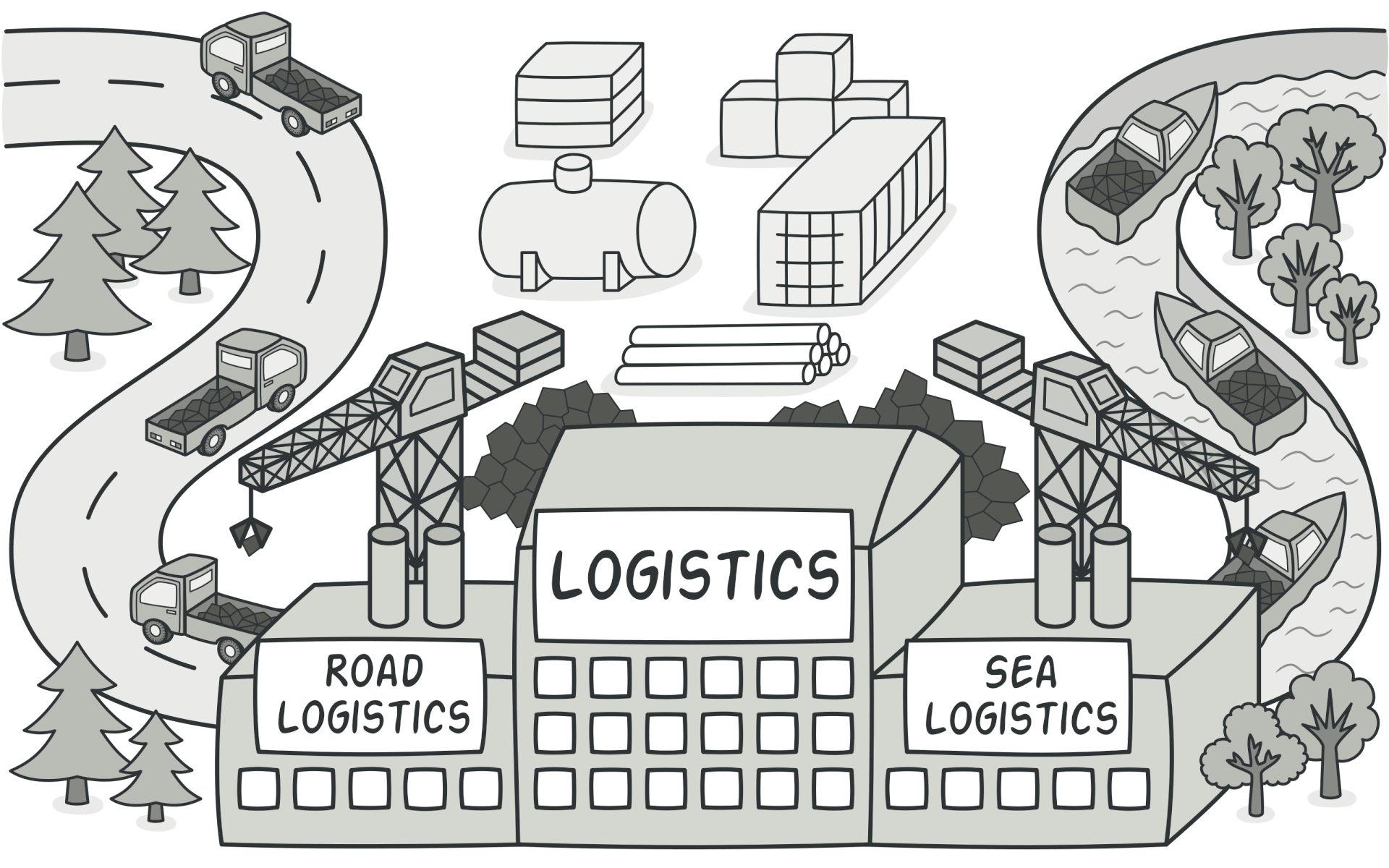[ Design Patterns ] - Factory pattern with Golang
 Nguyen Van Tuan
Nguyen Van Tuan
Ha Noi, on Thursday 01/04/2023
At the moment, a little speech to give to the present...
I miss Ha Noi's autumn. Sometimes, I hung out with her on all the streets in Ha Noi. We hugged, and she said to me: "I love you". Ha Noi is the best beauty in the older days that we love us...
I. Factory Pattern
Factory Method is a creational design pattern that provides an interface for creating objects in a superclass, but allows subclasses to alter the type of objects that will be created.

Reference: Factory Pattern
II. Implement
1. The Problem
We need to build a system for detecting animal sounds. The input will be the animal and the output will return the sound of the animal.
Example:
The cat will say "meow meow"
The Dog will say "gauw gauw"
2. The Problem Solving
The first version of your app can only handle sound from the cat, so the bulk of your code lives inside the Animal class.
When we need to implement a new animal, we will update its codebase. Moreover, if later you decide to add another animal to the app, you will probably need to make all of these changes again.
As a result, you will end up with some pretty nasty code, riddled with conditionals that switch the app’s behavior depending on the class of animal objects.
So, to resolve the problem, we will use the Factory Pattern.
3. Implement Factory Pattern
3.1. Factory
ianimal_factory.go
package factory
type IAnimalFactory interface {
GetSound() string
}
animal_factory.go
package factory
import (
"errors"
"design-pattern-golang-example/factory_pattern/concrete"
"design-pattern-golang-example/factory_pattern/constants"
)
type AnimalFactory struct {
Cat *concrete.Cat
Dog *concrete.Dog
Rat *concrete.Rat
}
func (af *AnimalFactory) GetAnimalFactory(name string) (IAnimalFactory, error) {
if name == constants.CAT {
return af.Cat, nil
} else if name == constants.DOG {
return af.Dog, nil
} else if name == constants.RAT {
return af.Rat, nil
}
return nil, errors.New("getting animal factory is failed")
}
3.2. Concrete
cat.go
package concrete
type Cat struct {
}
func NewCat() *Cat {
return &Cat{}
}
func (c *Cat) GetSound() string {
return "meow meow"
}
dog.go
package concrete
type Dog struct {
}
func NewDog() *Dog {
return &Dog{}
}
func (d *Dog) GetSound() string {
return "gauw gauw"
}
rat.go
package concrete
type Rat struct {
}
func NewRat() *Rat {
return &Rat{}
}
func (r *Rat) GetSound() string {
return "chit chit"
}
3.3. Main Function
main.go
package main
import (
"fmt"
"design-pattern-golang-example/factory_pattern/concrete"
"design-pattern-golang-example/factory_pattern/constants"
"design-pattern-golang-example/factory_pattern/factory"
)
func main() {
// init
cat := concrete.NewCat()
dog := concrete.NewDog()
rat := concrete.NewRat()
animalFactory := &factory.AnimalFactory{
Cat: cat,
Dog: dog,
Rat: rat,
}
// factory
processor, err := animalFactory.GetAnimalFactory(constants.CAT)
if err != nil {
fmt.Println(err)
}
sound := processor.GetSound()
fmt.Println(sound)
}
The result:
meow meow
III. Source code
Source code factory pattern: Example with Golang
Source almost popular design patterns: Design patterns
Subscribe to my newsletter
Read articles from Nguyen Van Tuan directly inside your inbox. Subscribe to the newsletter, and don't miss out.
Written by

Nguyen Van Tuan
Nguyen Van Tuan
I'm Tuan. I graduated Hanoi University of Science and Technology in 2019 Major: Information Technology Leetcode : nguyenvantuan2391996 My blog: https://tuannguyenhust.hashnode.dev/ Linkedin : Tuan Nguyen Van